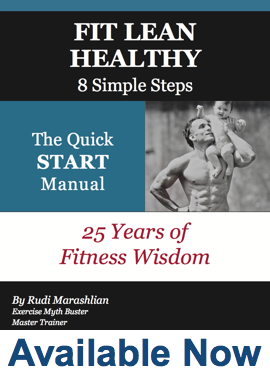Losing weight is possible on almost any plan that involves restricted calories, at least in the short term. One big problem is the definition of “weight”. The weight you lose can be from a variety of sources – muscle tissue, fluids or fat. When weight loss is very fast (more than one to two pounds per week) it is unlikely to be fat weight being lost but more likely to be a combination of fat, muscle and fluids. The other big problem is how to keep the weight off once the diet is completed.
Most people who manage to lose weight and keep it off long term are those who adopt healthy eating habits and engage in regular exercise as part of their normal every-day lives. The word diet Let’s take a look at some common weight-loss approaches along with their pros and cons.
- FAD DIETS. These are diets that promise a lot of weight loss in a short time period often without also recommending exercise. They are called “fad diets” because they are wildly popular for a period of time then die out when the next fad is introduced. Often they involve the use of pills, supplements, fat blockers and other gimmicks. Their popularity stems from the fact that they often do cause weight loss – in the short term – but usually you put the weight back on once you stop the diet. Examples are the grapefruit diet or the lemonade diet.
- GLYCEMIC INDEX DIETS. These are weight-loss diets that use the glycemic index to guide your eating. The glycemic index classifies carbohydrates according to their potential to raise your blood sugar levels; the idea being that you don’t want to eat foods that raise blood sugar levels, instead you should stick with foods that maintain an even blood sugar level as this promotes weight loss. Examples of glycemic index diets are the Zone diet and the Carb Lovers diet.
- LOW CARB/HIGH PROTEIN DIETS. Low carb diets limit the amount of carbohydrates you can eat claiming that excessive carbohydrates (especially sugar, white flour and other processed carbohydrates) increase your insulin levels leading to imbalances in blood sugar levels, weight gain and cardiovascular problems. Most of these diets allow large amounts of proteins and fats while restricting carbohydrates which can lead to nutritional deficiencies and other health problems. Examples of low carbohydrate diets are the Atkins diet and the South Beach diet.
- MEAL REPLACEMENT DIETS AND MEAL PROVIDERS. In the case of meal replacements you typically replace one or two meals a day with a low-calorie, nutritionally complete shake or bar. Then you eat the third meal, something healthy and between 600 and 700 calories of your own choosing. Meal providers give you ready-made meals that are calorie controlled. These diets can be costly due to their convenience. Examples are Jenny Craig and Slim-Fast.
- LOW FAT DIETS. Low fat diets remove as much fat as possible from your diet in the belief that fat intake is largely responsible for being overweight. Unfortunately you can still get fat on a low fat diet if you ignore the total calories you are eating – too many calories from any source can add add pounds. An example of a low-fat diet is the Ornish diet.
- VERY LOW CALORIE DIETS. These diets cut your calorie intake massively, allowing only between 400 and 800 calories a day. A doctor may recommend a very low calorie diet if you need to lose weight quickly before a medical procedure or if you have serious health problems due to obesity. Very low calorie diets should never be done without the guidance of health professionals as very close monitoring is needed to avoid complications and to ensure you are getting necessary nutrients. Examples of very low calorie diets are Medifast and the HCG diet.
The truth of the matter is that most weight-loss diets are hard to stick to long-term and some are downright unhealthy. It’s unpleasant to feel hungry and deprived but the biggest problem with most of the diets is that they don’t encourage long-term healthy lifestyle changes or exercise so any pounds lost usually are regained once the diet is stopped.
It’s well worth researching a system of nutrition that works for you from here on out, not one that promises a slim body in less than a month. Getting active is very important too and there will be times you overindulge but the more you understand about nutrition and how the body works and the more you exercise correctly, you’ll find it easier to get slim and stay that way even if it takes longer than a couple of weeks to get there.


